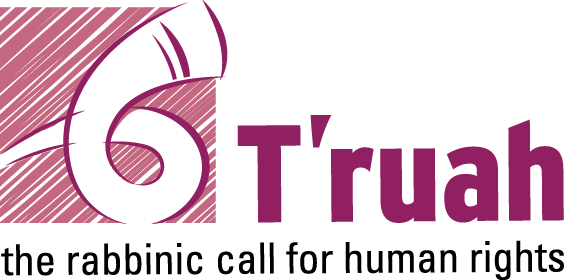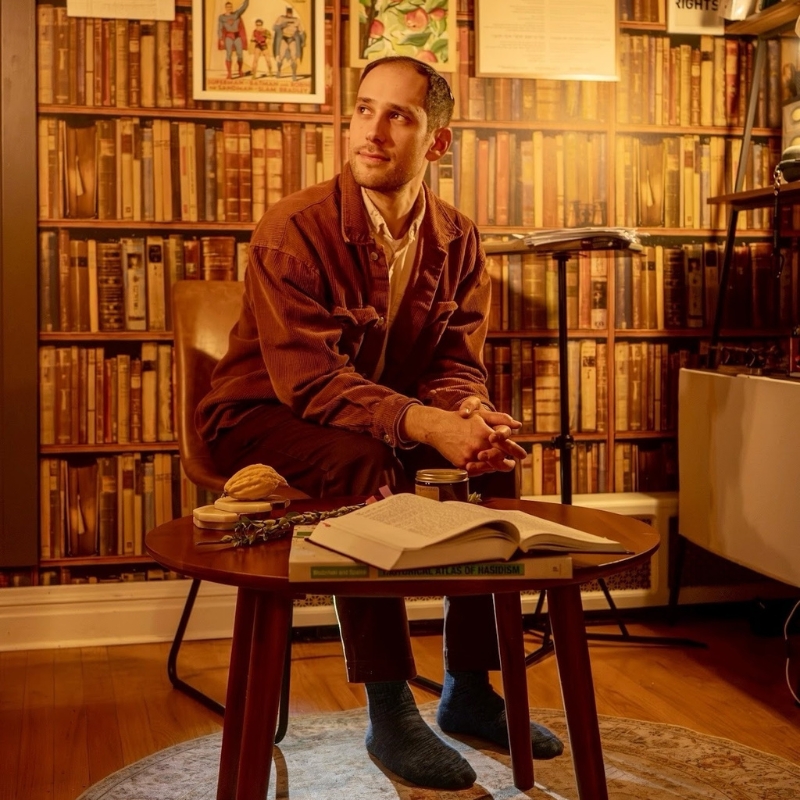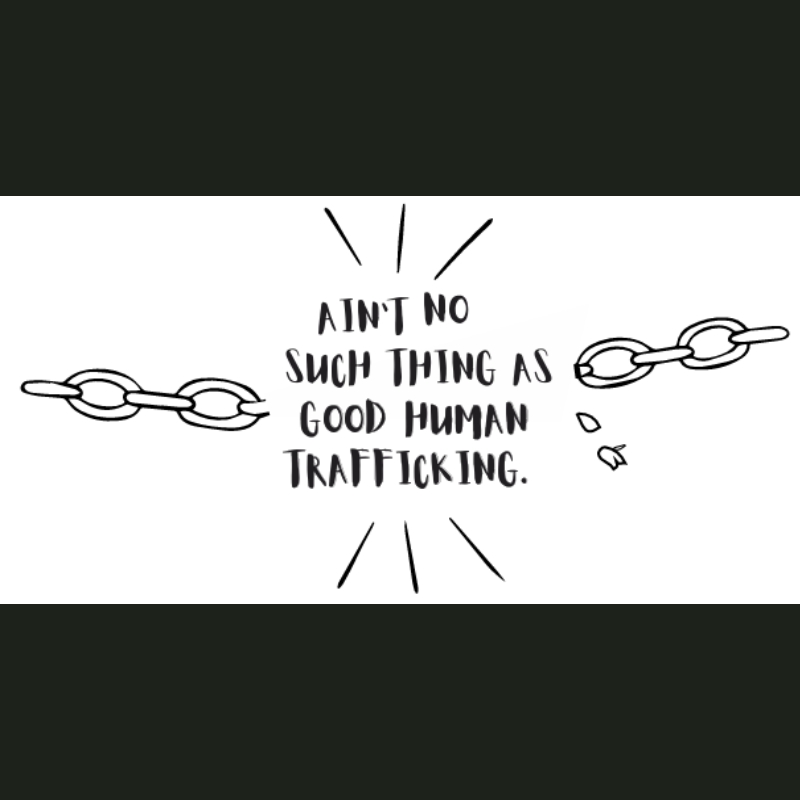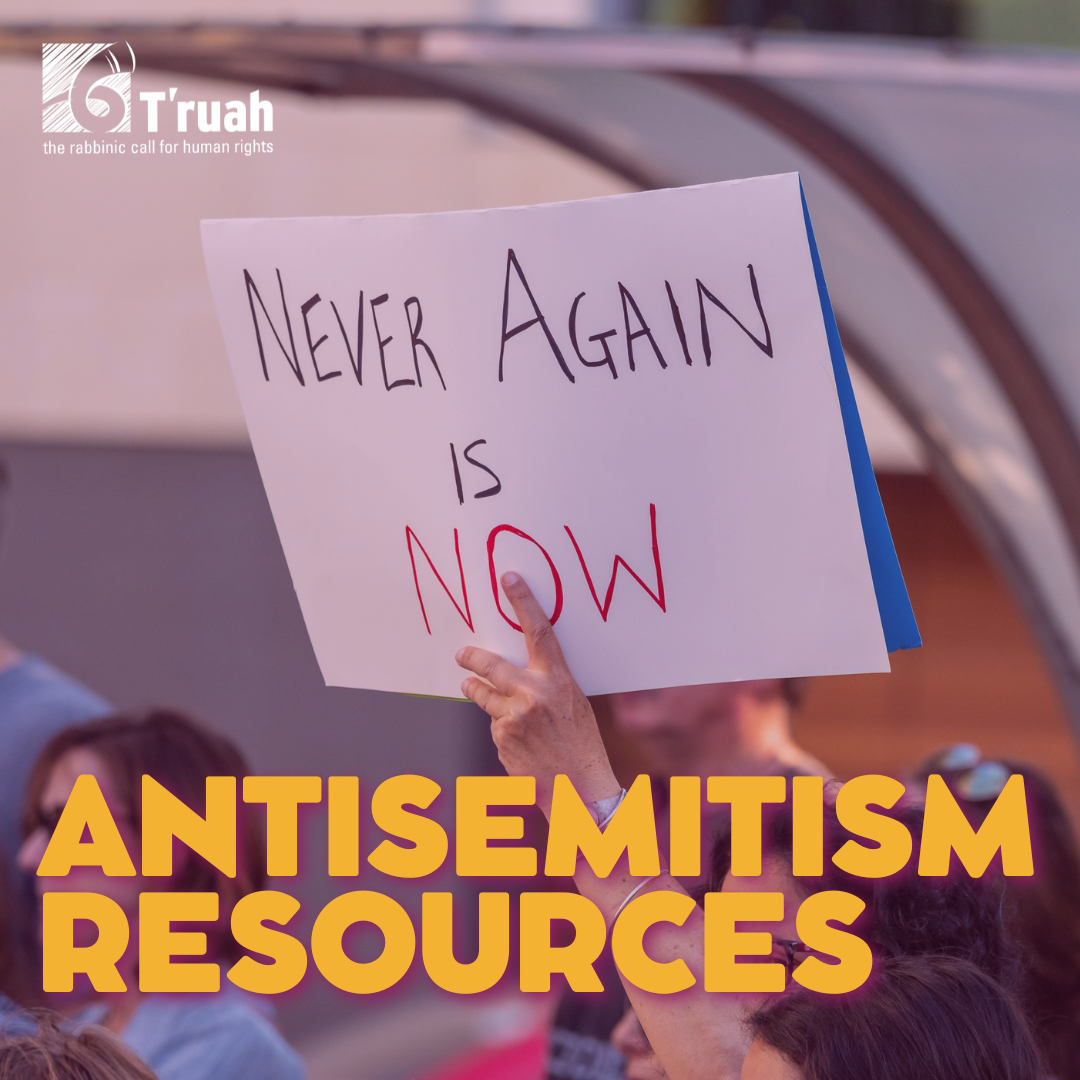Resources

NARRATING OUR HISTORIES IN SOLIDARITY: Lessons from the Civil Rights Congress
New work by scholar Geoffrey Adelsberg, PhD on how Jews of past generations advanced groundbreaking multiracial coalition work, and what the tensions they faced — including racism within the Jewish community — say about conditions today.
more
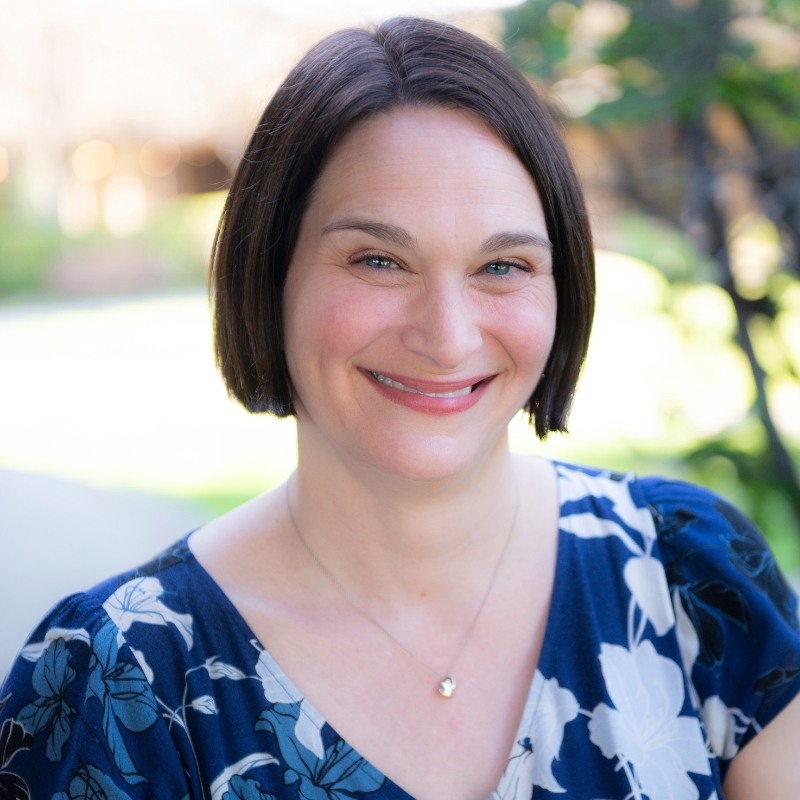
Ki Tetze: Safety and Dignity for All Workers
The Torah teaches us that we have a special duty, not only to avoid exploiting, but to actively care for the poorest and most vulnerable in our communities. As we celebrate Labor Day, let us do all we can to ensure that every person [especially immigrant workers] can live and work in safety and dignity.
more
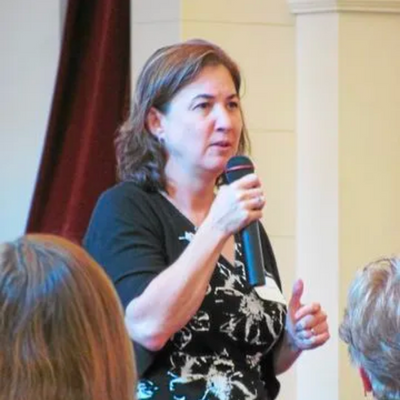
Remembering the Workers in the Field
CIW’s Fair Food Program beautifully illustrates Deuteronomy’s call of zachor, to remember to push back against those who oppress the rights of others.
more
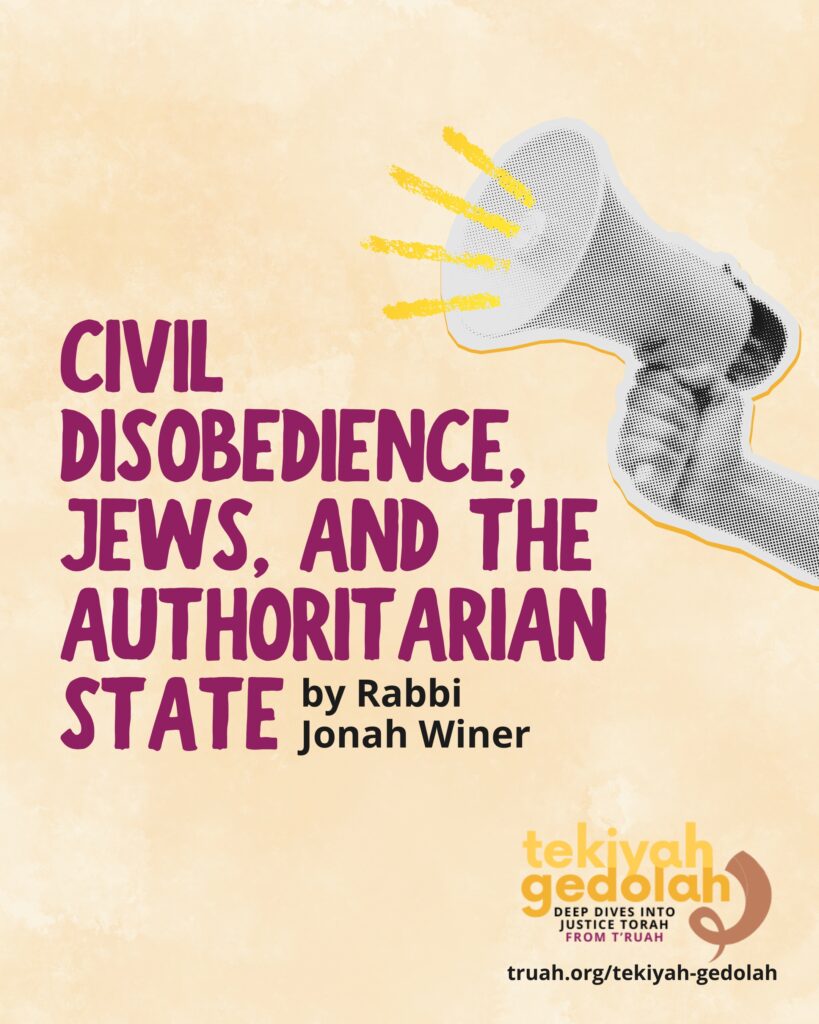
Civil Disobedience, Jews, and the Authoritarian State
The following is the first in T’ruah’s new thought leadership series, “Tekiyah Gedolah.” In a time of mounting authoritarianism in the United States, we must use the wisdom of our tradition to help us think through how to fight for democracy as diaspora Jews. How does our tradition guide us to respond to our present...
more

A MULTI-ROOTED MOVEMENT: Sephardic Activists and Horizontal Alliances in the Early 20th Century
New scholarly work on how Jews of past generations advanced groundbreaking multiracial coalition work, and what the tensions they faced — including racism within the Jewish community — say about conditions today.
more
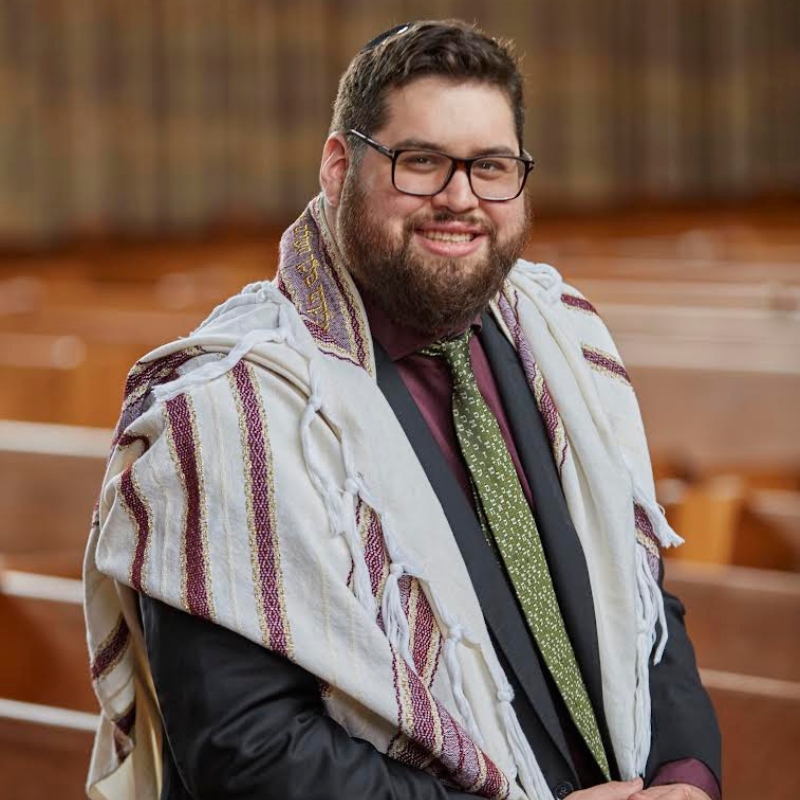
Pesach: A Labor-Intensive Passover
Labor is an intersectional value. Our identity as workers must be as indispensable to us as that of once having been slaves in Egypt.
more
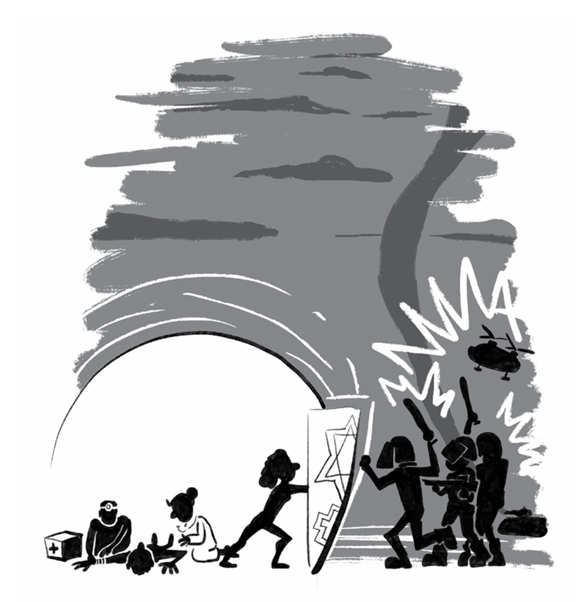
CONFRONTING THE MORAL CROSSROADS: Chile’s Jews from Dictatorship to Democracy
Author and journalist Maxine Lowy guides us through the story of how Chilean Jews and non-Jews endured when democracy was shattered, and how, over 17 years, Chileans fought successfully to restore it.
more

ROUNDTABLE: How Can U.S. Jewish Communities Play an Effective Role in Coalition Work to Advance Multiracial Democracy?
A panel of pathbreaking organizers, including Ginna Green, Graie Hagans, Abby Lublin, Megan Black, Matthew David Hom, and Rabbi Aryeh Cohen, PhD, on how Jews can advance multiracial pro-democracy coalitions today.
more

Kedoshim: Love Thy Neighbor, Not Thy Empire
How we love our neighbor is by fighting for a society in which we would be glad to live no matter how little privilege we had.
more
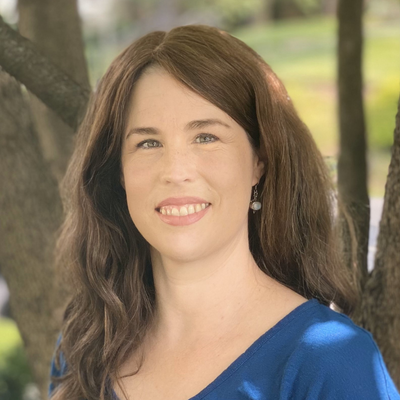
Vayikra: Mincha and Roses
To stand for human dignity means not only insisting on the right to basic survival needs, but the right to live fully — to experience joy, pleasure, love, friendship, beauty.
more
